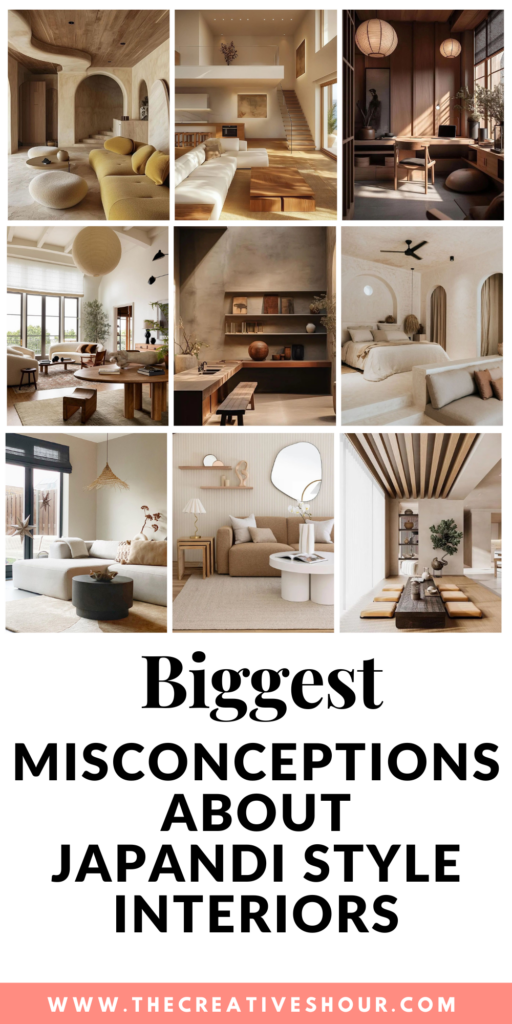
If you are seeing Japandi interior style design on your favorite expert designer’s social media and have fallen in love with the look, know that the design is much more than the bright, tranquil and clean-lined look. This japandi interior design style is a combination of japanese style design sensibility (think wabi-sabi) with the cozy and practical ethos of Scandinavian design. The space balances both practicality and relaxation.
Yes, Japan and Scandinavia seem like worlds apart. But, their design sentiments have plenty in common. They are both rich in history. They focus on sustainability, simplicity and neutral color schemes.
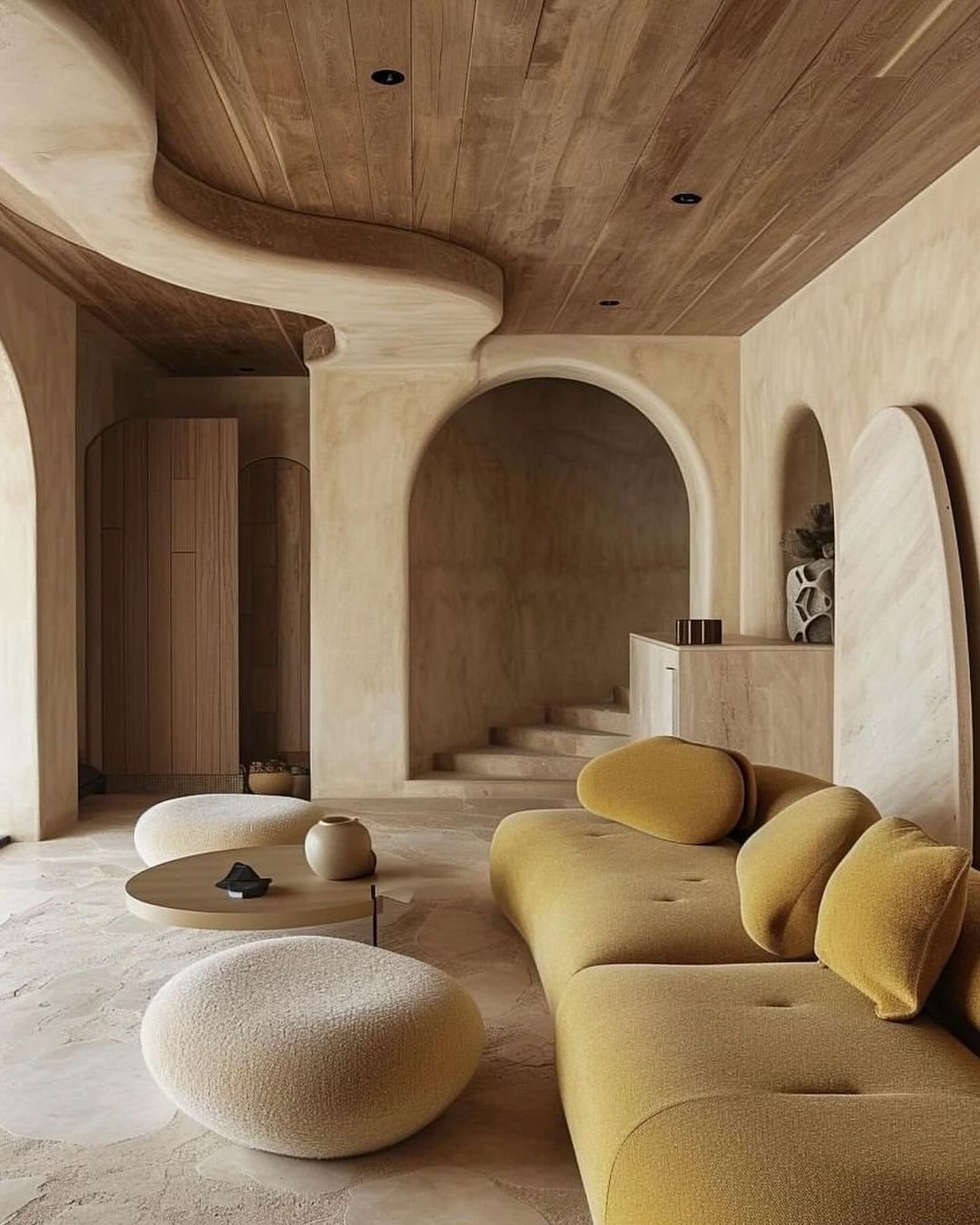
Image by japandi.interior
Today, in this article, let’s talk about the most common misconceptions we have about the world famous Japandi Style.
Related articles –
- Incorporating Mixed Metals in Bathroom Design
- 7 Creative Ways to Use Fluted Patterns in Home Decor
- 5 Creative Indoor Swing Ideas for Small Spaces
Japandi Balances Minimalism and Warmth
“I always hear that people think it’s cold or overly minimalist. They assume that because the style combines Scandinavian interior design simplicity with Japanese interiors functionality, it must result in stark, uninviting spaces.
But that’s far from the truth! Japandi is all about balance—clean lines and minimalism, yes, but also warmth, comfort, and natural elements. It’s about creating spaces that feel serene and lived-in, not sterile.
When guiding clients, I like to remind them that Japandi is not about stripping everything away, but about making intentional choices.
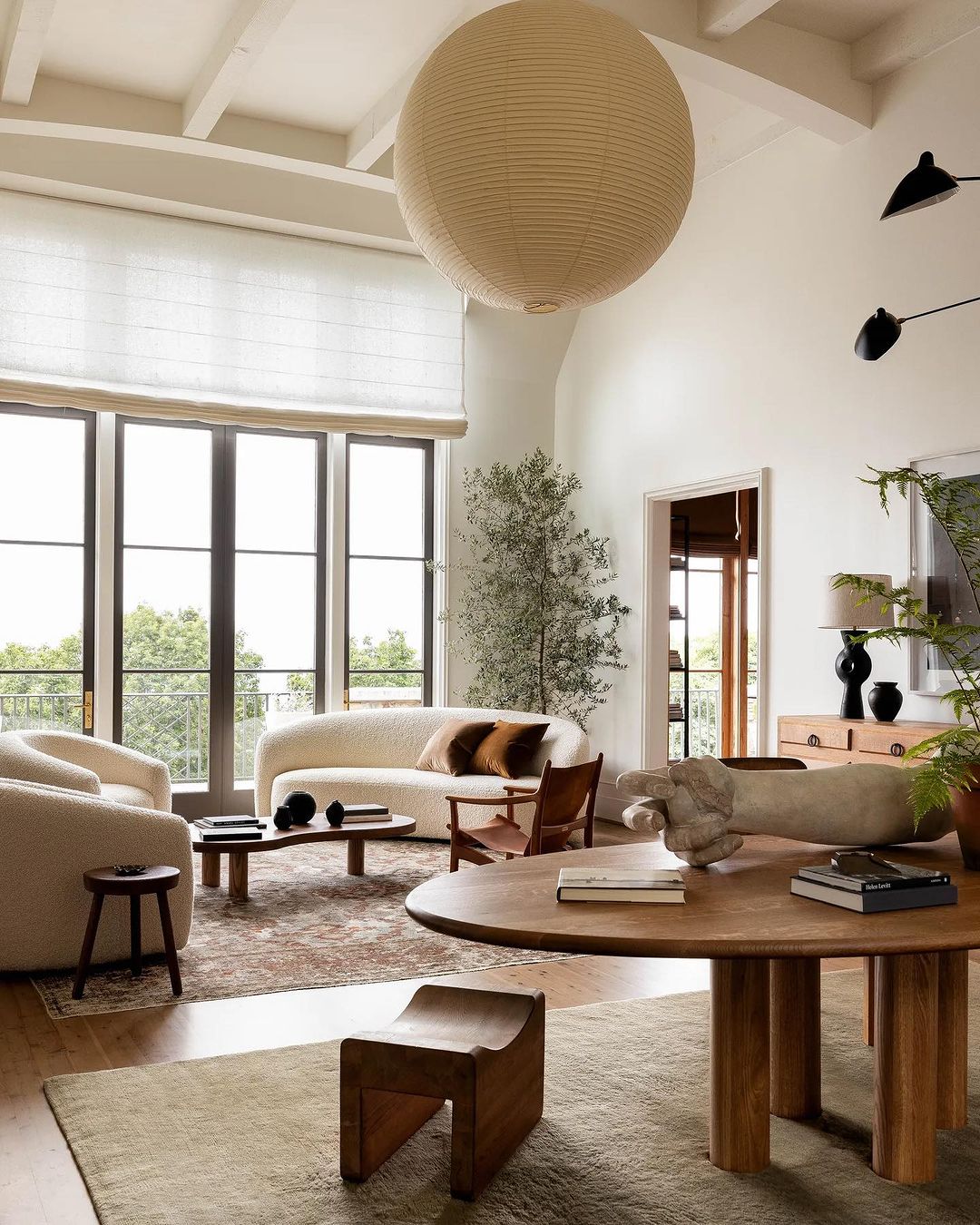
Image by woven.is
For example, I often suggest incorporating cozy textiles, natural wood tones, and soft lighting to bring warmth into the room. It’s about simplifying without sacrificing comfort, and I show them how the design can actually enhance their lifestyle by reducing clutter and fostering a calming environment.
That’s where the real magic of Japandi lies—combining function with beauty in a way that feels both modern and timeless.” – Samantha Odo, Real Estate Sales Representative & Montreal Division Manager, Precondo
Embrace Japandi’s Tranquility and Functionality
“Common misconceptions about Japandi design often stem from its unique Japanese-and-Scandinavian-aesthetics blend. Many people mistakenly think it’s just about minimalism or lacks warmth.
In reality, Japandi embraces a balance of simplicity and comfort, incorporating natural materials, warm colors, and functional elegance.
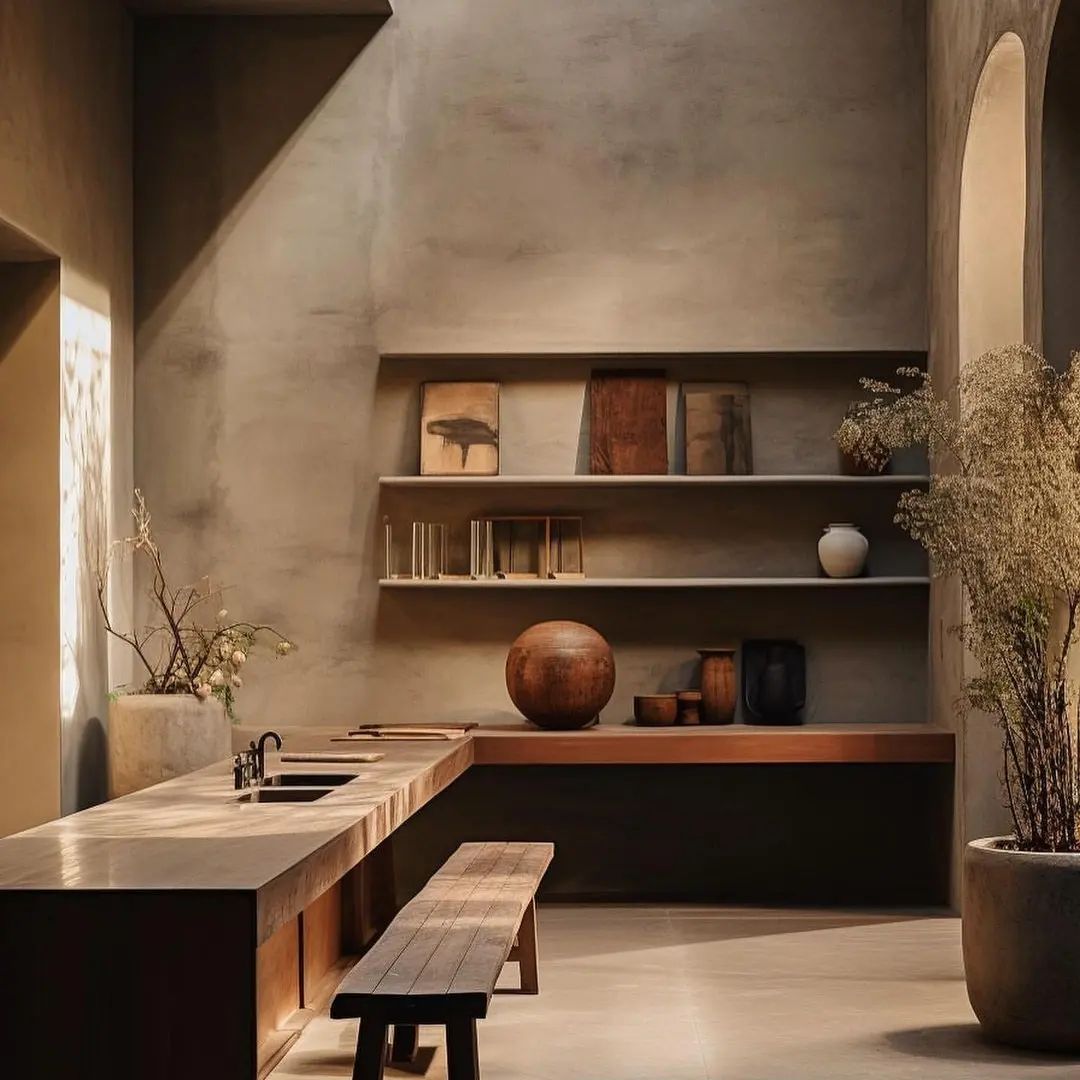
Image by aparnadecors
I’ve worked with clients who have purchased paints specifically aligned with Japandi design, favoring muted earth tones and soft pastels that reflect nature. When guiding clients, I emphasize the importance of understanding the philosophy behind Japandi.
It’s about creating spaces that promote tranquility and mindfulness. I encourage clients to explore the beauty of imperfections found in handcrafted items and the intentional use of negative space, which fosters a sense of calm.
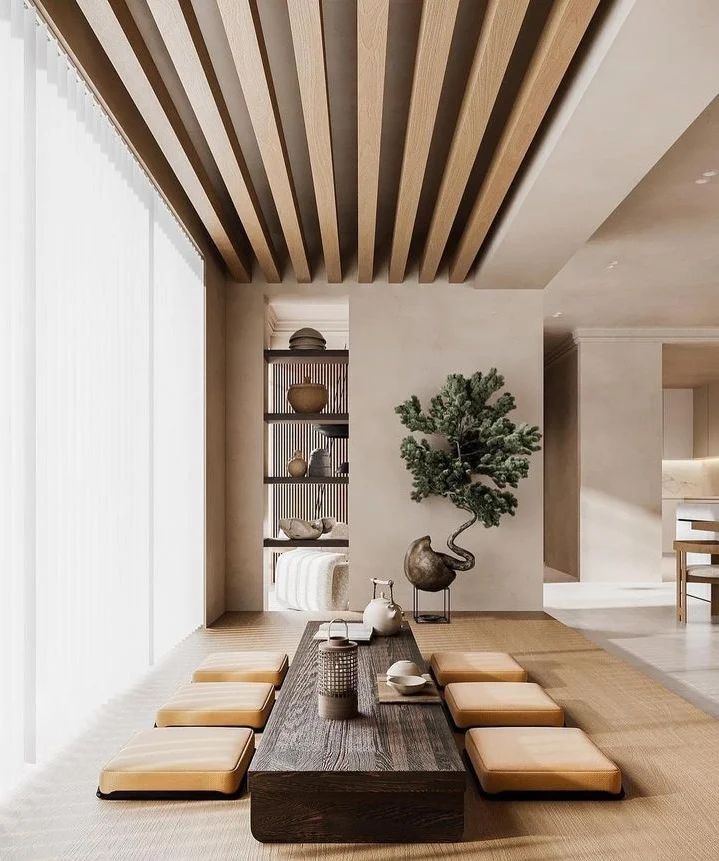
Image by being.designs
I also highlight the versatility of Japandi design. It’s not confined to specific furniture styles or color palettes; it can be tailored to reflect individual tastes while still adhering to its core principles. Through discussions and visual examples, I help clients see how this design approach can enhance their living spaces, combining functionality with a serene aesthetic that feels modern and timeless.
Embracing the true essence of Japandi means focusing on quality, craftsmanship, and the overall atmosphere rather than just surface appearances.” – Steve Britchford, Senior Partner, Polycote
Intentionality Defines Japandi’s True Essence
“People often perceive Japandi design as merely the sum of Japanese interior design minimalism and Scandinavian designers simplicity. They sometimes overlook its deeper philosophical core: creating harmonious and balanced spaces that promote tranquility and functionality.
When guiding clients, I emphasize the importance of intentionality in design choices—every piece should be beautiful and purposeful. I share examples of incorporating natural materials and a muted-color palette, which reflects the calm, serene essence of the style.
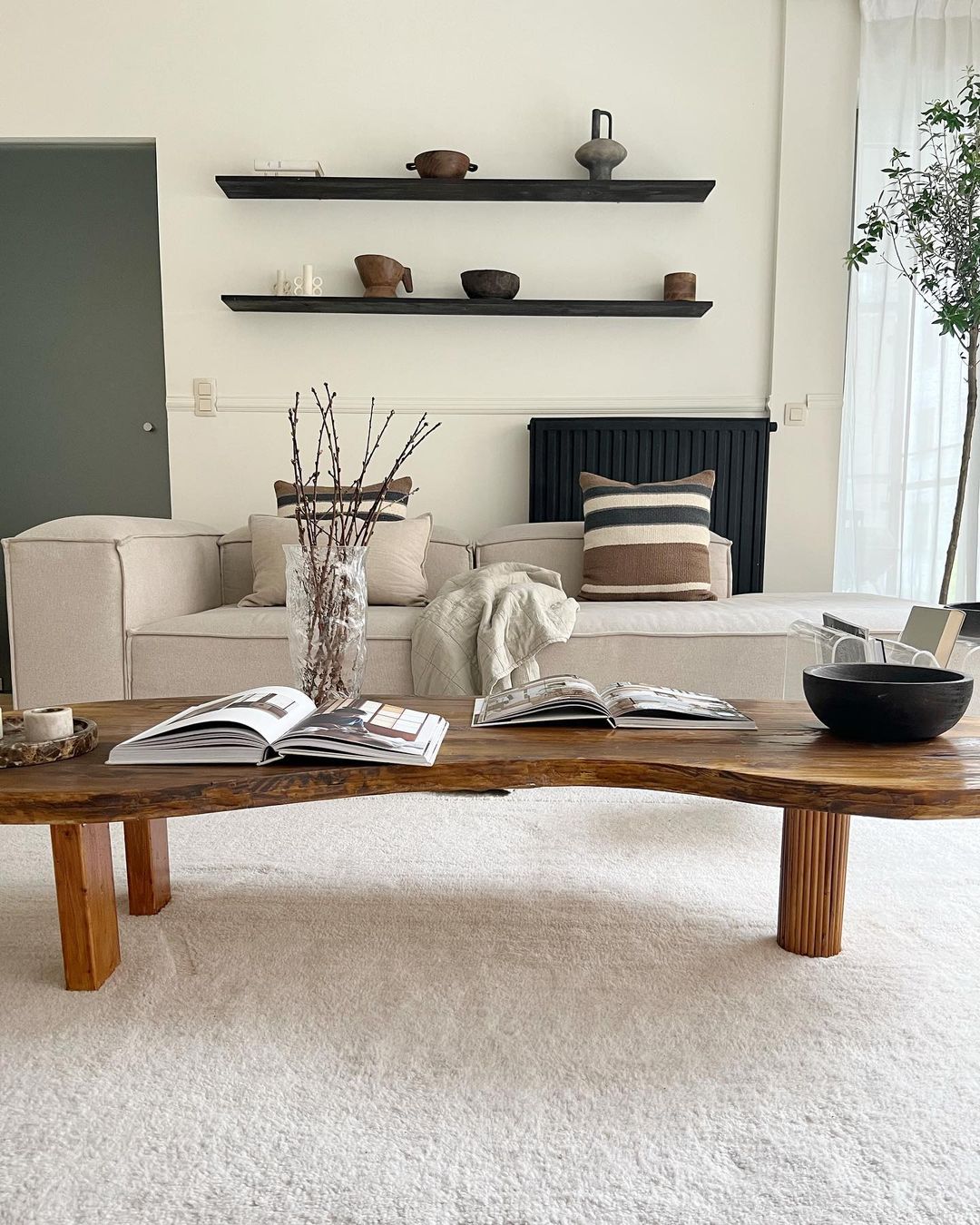
Image by wakemi.deco
Through thoughtful discussions and personalized consultations, clients appreciate Japandi as a lifestyle philosophy that extends beyond aesthetics, enriching everyday living.
When applying the principles of Japandi design to floral arrangements, the focus shifts to integrating balance, simplicity, and nature into each bouquet. My clients often think of floral design as just arranging flowers beautifully, but like Japandi, it’s profoundly about creating harmony and intention in every piece.
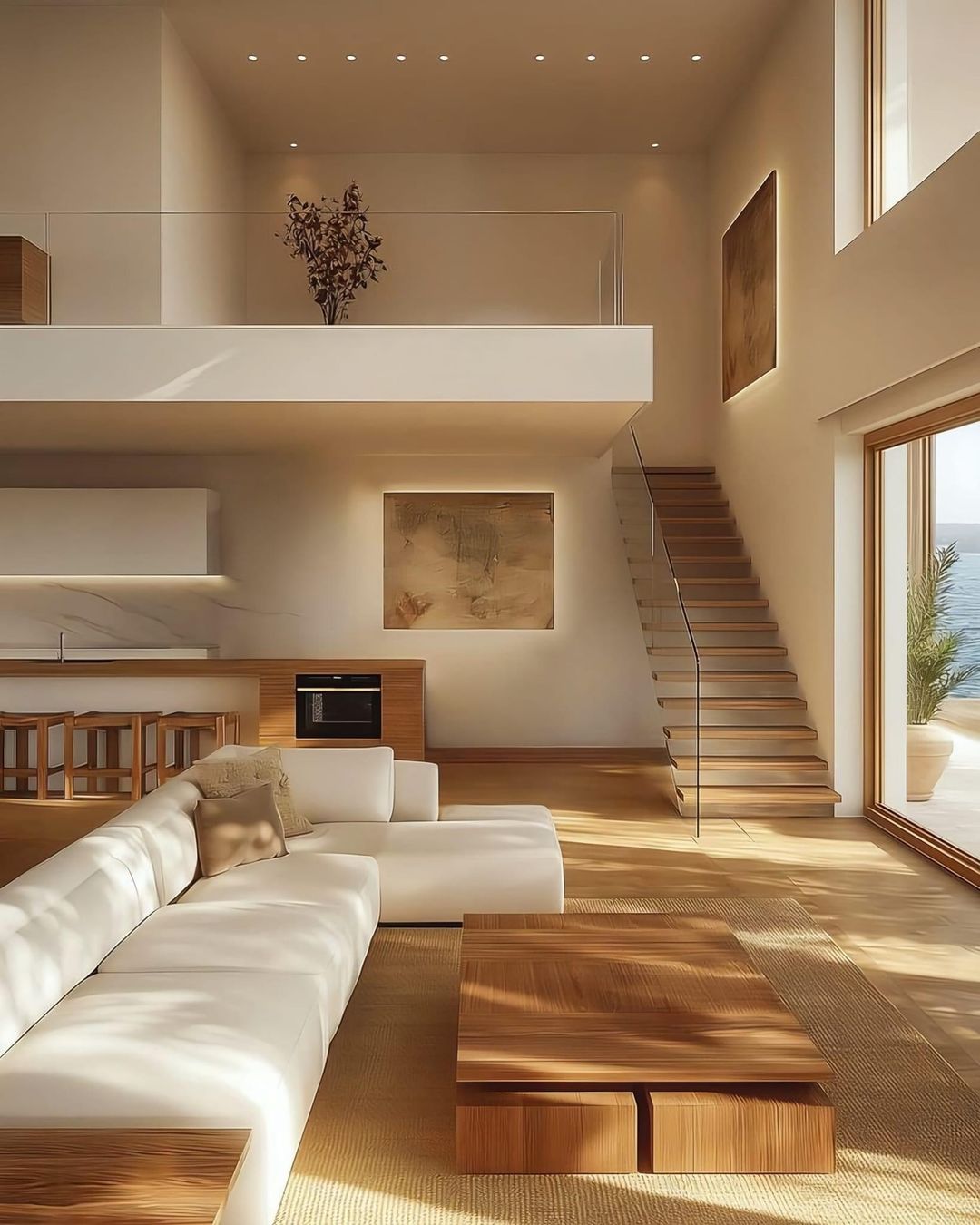
Image by japandinook
I often highlight understated color palettes, echoing the muted tones of Japandi interiors, and combining different textures for a seamless blend of elegance and practicality.” – Kate Hill, Founder and Director, Kate Hill Flowers
Japandi Combines Simplicity with Coziness
“One of the misconceptions about Japandi design is that it’s all about extreme minimalism, making spaces feel cold or too bare.
A lot of people think that this style demands stripping everything down to the point where there’s no personality or warmth left in the room. But Japandi is actually about balance. It combines Japanese design’s simplicity with the warmth and coziness of Scandinavian interiors, so it’s far from cold or stark.
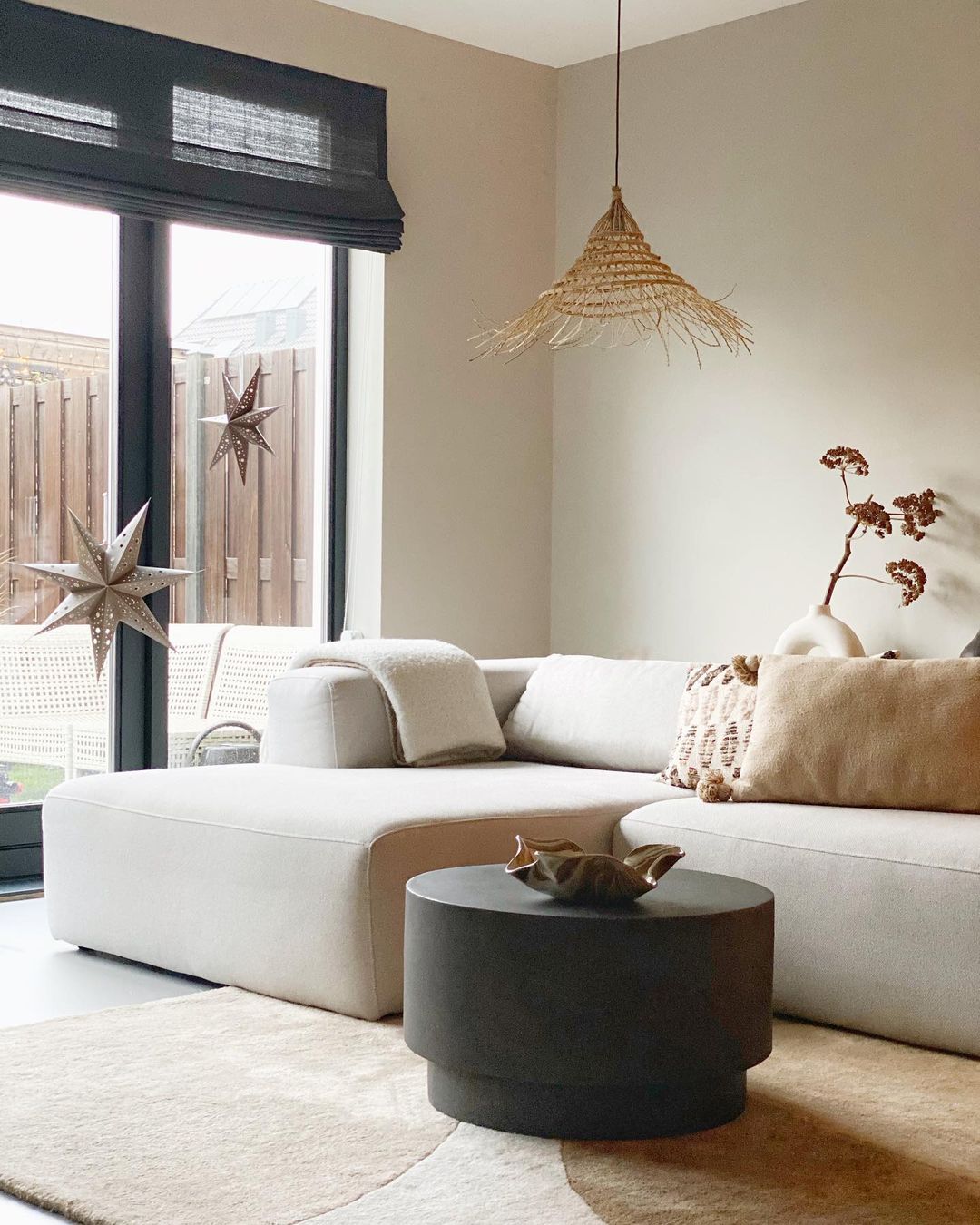
Image by kirsterieur
The essence of Japandi lies in creating a calm, functional, and intentional space. It’s not about having fewer things; it’s about surrounding yourself with items that have purpose and meaning. Natural materials like wood, stone, and soft textiles are key in adding that warmth and texture to the space.
These elements make the room feel welcoming without cluttering it, allowing you to maintain a clean and organized environment while still feeling cozy.” – Reilly James, Marketing Manager & eCommerce Optimization Expert, William Morris Wallpaper
Japandi Focuses on Quality and Harmony
“Many people mistakenly believe it’s simply a fusion of Japanese and Scandinavian decor items, missing the deeper philosophy. Another common error is assuming Japandi means minimalism to the point of austerity. In reality, it’s about thoughtful curation, not deprivation.
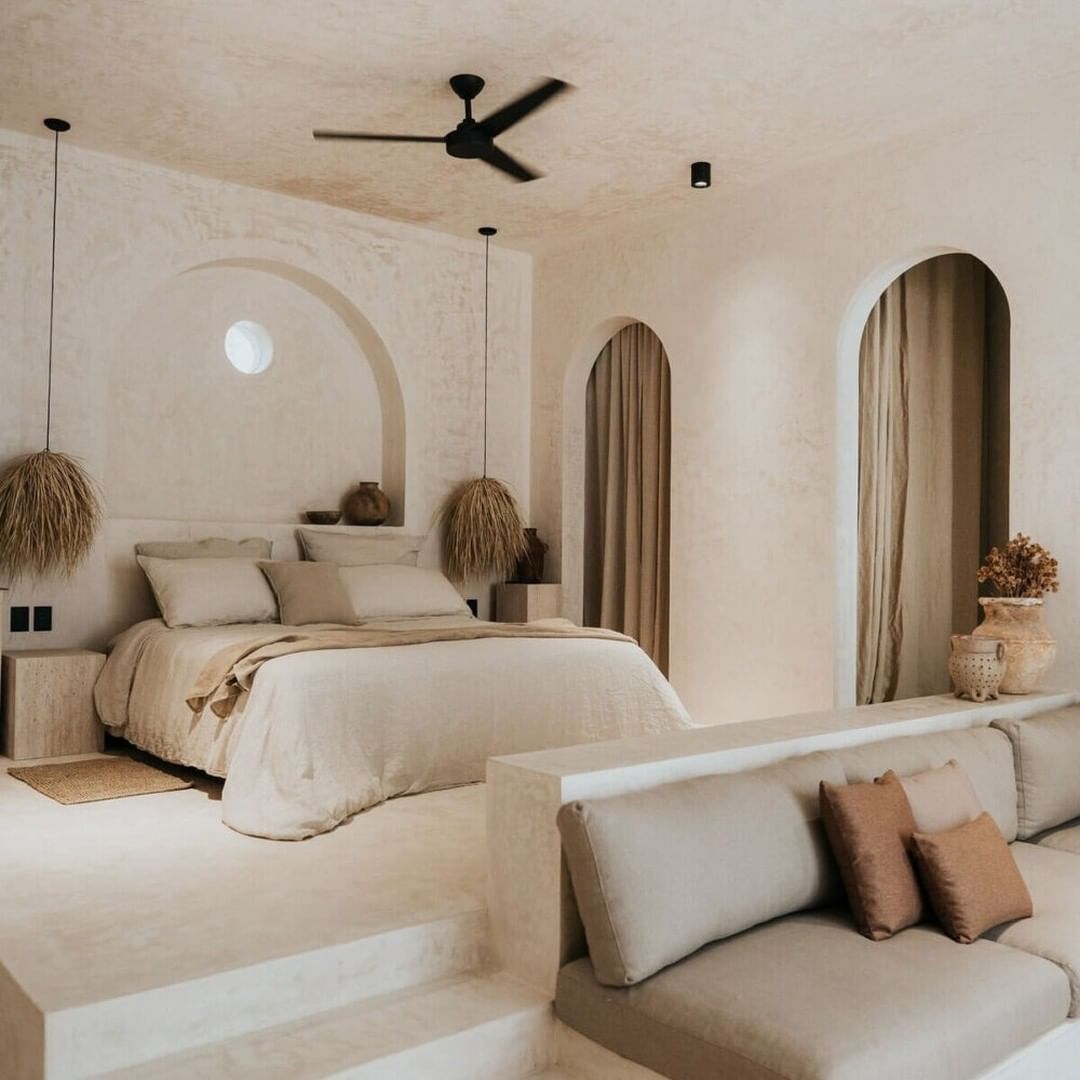
Image by vanesseninteriors
When guiding clients, I emphasize that Japandi is a lifestyle approach, not just an aesthetic. It’s about creating harmony between form and function, embracing imperfection, and connecting with nature. I encourage them to focus on quality over quantity, selecting pieces that bring joy and serve a purpose.
I often explain that Japandi isn’t about recreating a showroom but about cultivating a sense of calm and balance in their unique space. By highlighting the principles of wabi-sabi and hygge, I help clients understand how to blend warmth with simplicity, creating an environment that’s both serene and welcoming.” – Mark Adams, Owner, Cast Fireplaces
Japandi Fits All Home Styles
“The biggest misconception about Japandi design that I come across is people thinking it’s only for modern homes. They assume that because it’s got those minimalist Japanese and Scandinavian influences, it won’t work unless you’ve got a super-sleek, contemporary space.
But honestly, that’s not true at all. Japandi can blend in beautifully with all kinds of homes, even more traditional ones.
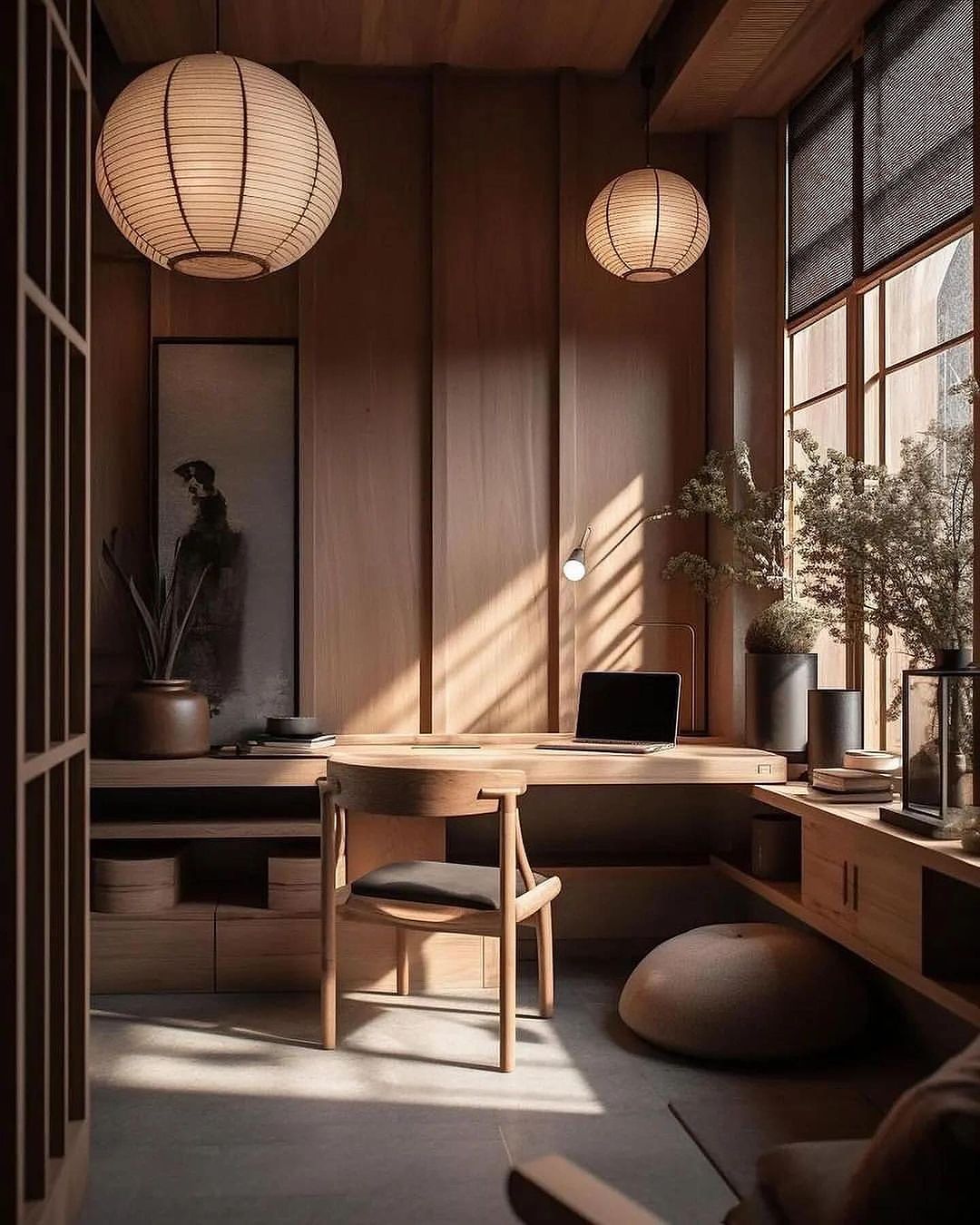
Image by japandi.interior
What’s great about Japandi is that it focuses on simplicity and balance, which makes it versatile. I’ve worked with clients who have older homes, and we’ve managed to integrate Japandi elements like natural wood, clean lines, and calming tones in a way that doesn’t feel forced.
It’s all about bringing out the character of the house rather than trying to fit it into some strict, modern design box. Whether it’s through furniture choices or just decluttering a space, it’s more about creating a peaceful, functional environment.” – Daniel Vasilevski, Director & Owner, Bright Force Electrical
Japandi Encourages Thoughtful Curation
“From personal experience, there is some misinformation in people’s minds regarding Japandi design. Many people think it’s expensive, but rather than material luxury, it’s all about the quality and purpose of every piece.
You will be looking for well-made and classic items to use over many years, hence reducing overall costs in the long term.
The other misconception might be that it is too minimalist for the creative soul. On the contrary, Japandi design encourages thought into curation, thus creating a focused atmosphere which again fosters creativity. In fact, Japandi spaces can actually boost creativity by cutting down on visual clutter and mental distractions.
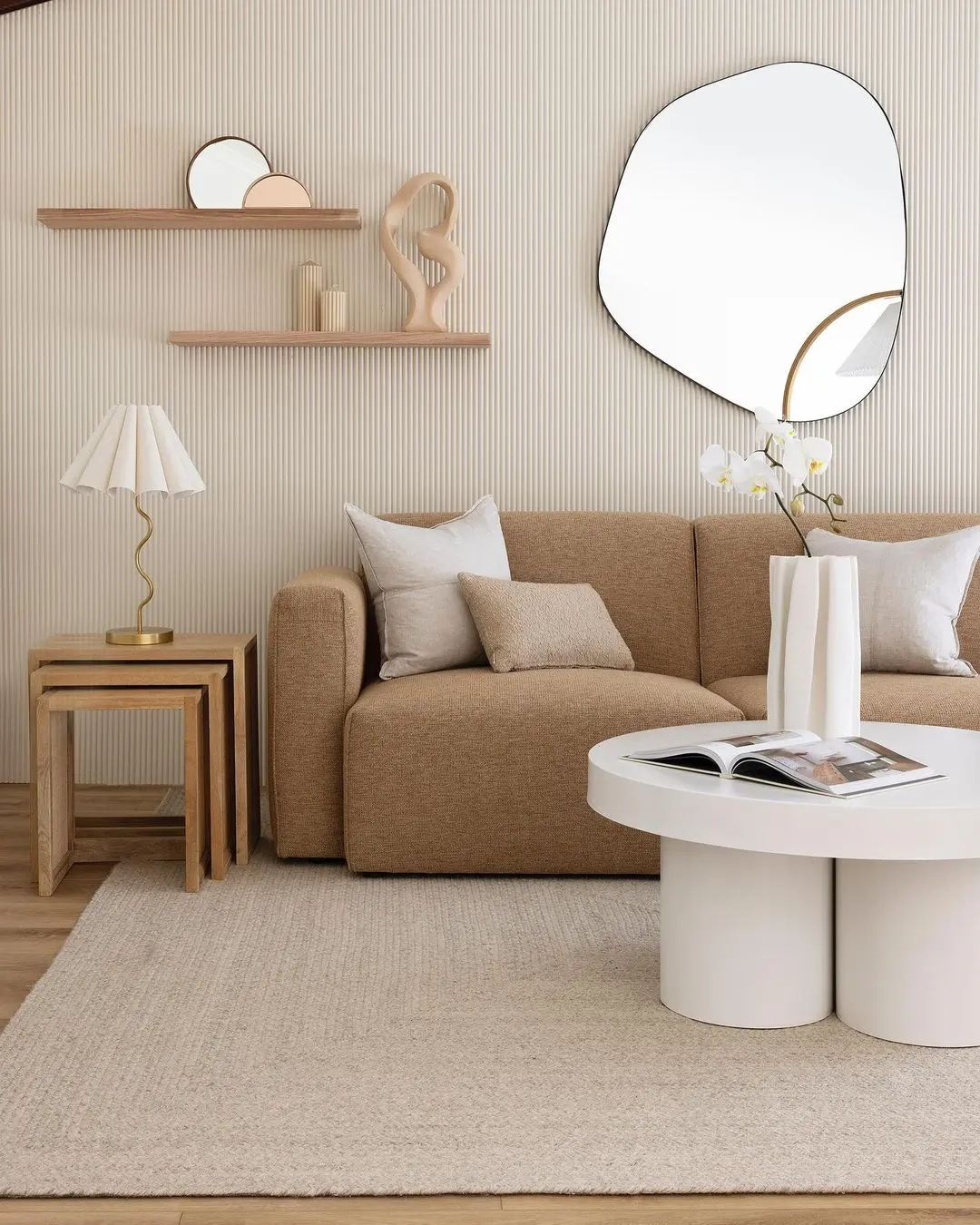
Image by the.lovely.deco
Many clients believe that Japandi can’t fit with modern technology. In fact, the style puts great emphasis on seamless technology integration through organization and complementing accessories. Use natural materials like wood or bamboo to create tech organizers that would merge with the Japandi aesthetic.
When working with clients, I always try to strike a perfect balance between functionality and aesthetics in Japandi design. It’s about creating harmony in space, taking some of the principles of Japan and merging them with Scandinavian ones.
The result could be serene, uncluttered, and above all aesthetically pleasing while practical. I encourage my clients to consider each item for its purpose and visual impact, resulting in a space that’s curated but not bare. Take a beginning point of “less is more,” then gradually add elements until it feels like your perfect balance that works for you.” – Shlomo Cherniak, Owner, Handyman, Cherniak Handyman
Conclusion
To sum it up, Japandi design is all about creating a calm, serene and cozy space with only what truly matters to you. The style isn’t about going bare or cold. It is about choosing pieces that make you feel good and bring a sense of calm.
So, if you love Japandi’s style, don’t worry that it will feel too minimal. Remember, it is not about talking things away, it’s about filling your home with things you love.
